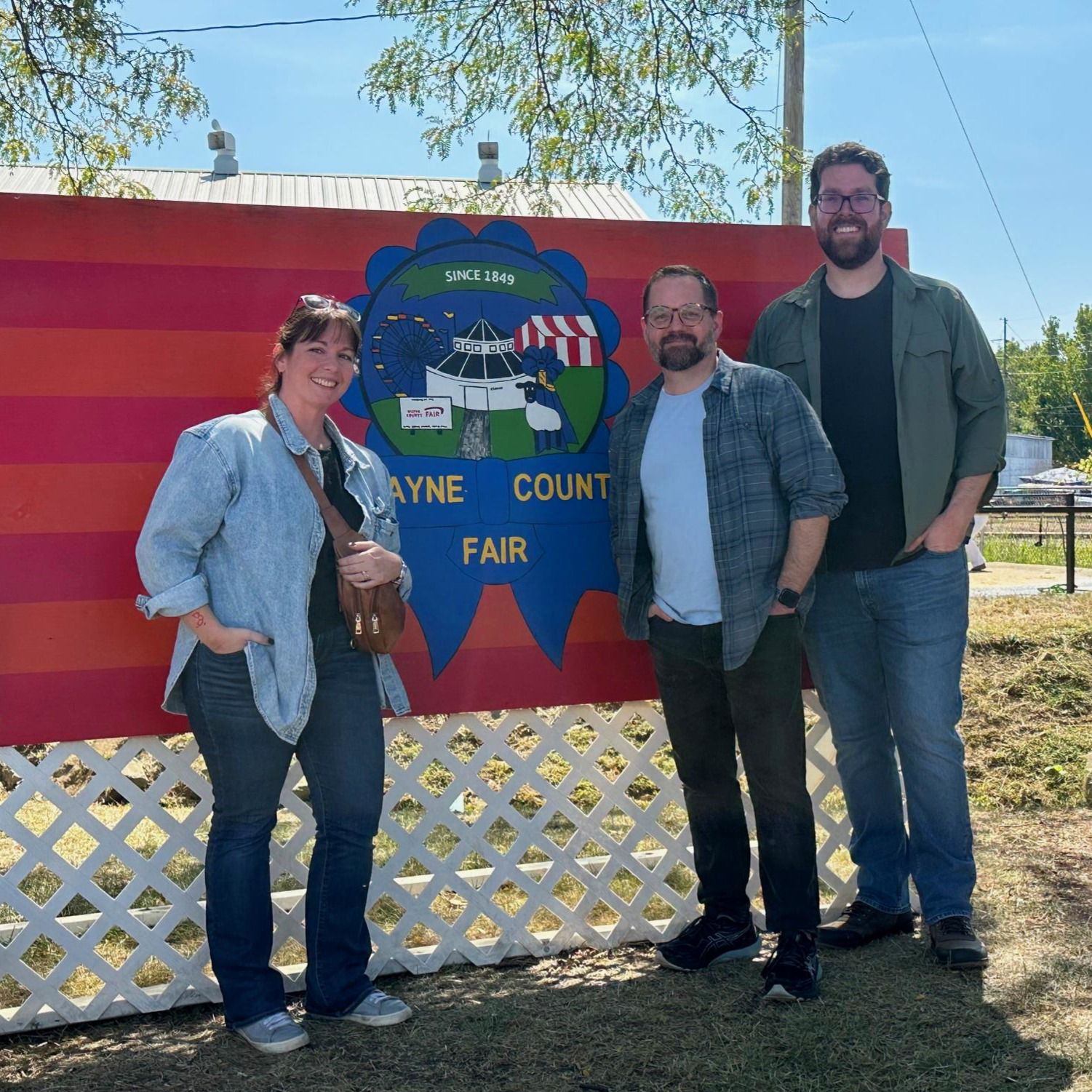The CEIRR Network recently convened for the Human Surveillance Meeting in Cleveland, Ohio, from September 9-11, 2025. Hosted by Dr. Andrew Bowman of The Ohio State University, affiliated with St. Jude Children’s Research Hospital CEIRR (SJCEIRR) , this event brought together leading research scientists, public health experts, and government representatives to discuss critical developments in influenza virus research using human cohorts.

The meeting aimed to achieve three primary goals: demonstrate the logistics of sampling at the human-animal interface, provide updates on ongoing human surveillance and cohort studies, and identify gaps and areas for future collaboration. The meeting included site visits to two SJCEIRR project sites, the Wayne County Fair and the Cleveland Metroparks.
At the Wayne County Fair, participants explored the complexities of the human-animal interface at agricultural events. Presentations from swine producers and public health experts highlighted the diverse perspectives on zoonotic influenza transmission and underscored the practical hurdles of recruiting and sampling participants in these dynamic environments. The visit to Cleveland Metroparks focused on white-tailed deer population management and surveillance efforts related to the reverse zoonosis of SARS-CoV-2, offering valuable insights into wildlife monitoring and public health.
Throughout the meeting, researchers from the CEIRR Centers shared updates on various cohort studies, including those focused on indigenous populations, human-animal interfaces, and SARS-CoV-2. Small group discussions focused on Pediatrics, Indigenous/International cohorts, Human/Animal Interface, and General Population cohorts facilitated in-depth discussions on key research gaps and strategies to streamline sample collection and analysis across different cohorts.
The CEIRR Human Surveillance Meeting fostered collaboration and knowledge exchange among researchers dedicated to combating influenza and emerging pathogens. As the meeting concluded, attendees synthesized priorities and discussed next steps to enhance the CEIRR Network's capabilities in influenza research. The insights gained from this event will guide future efforts to address critical public health challenges.